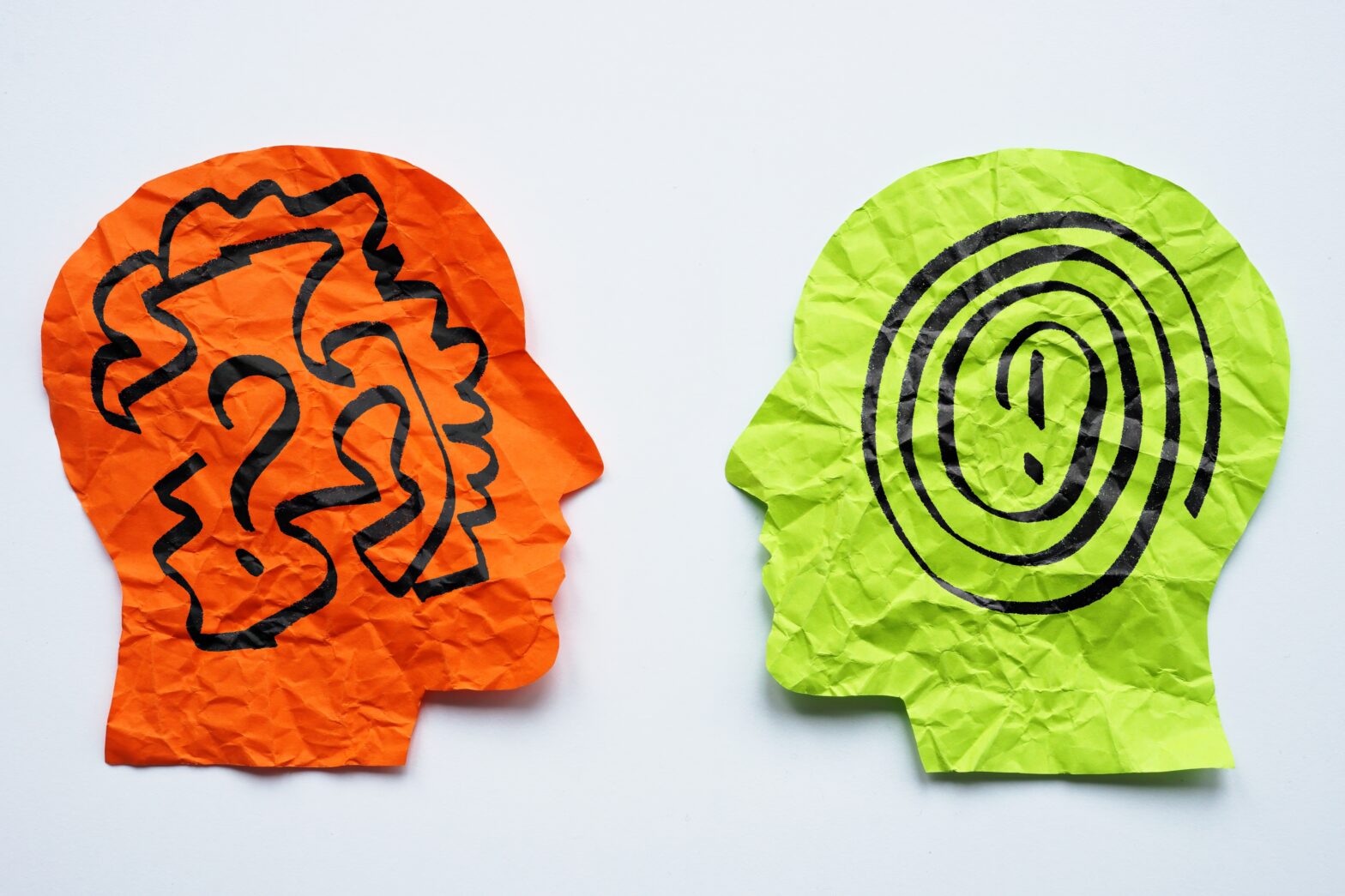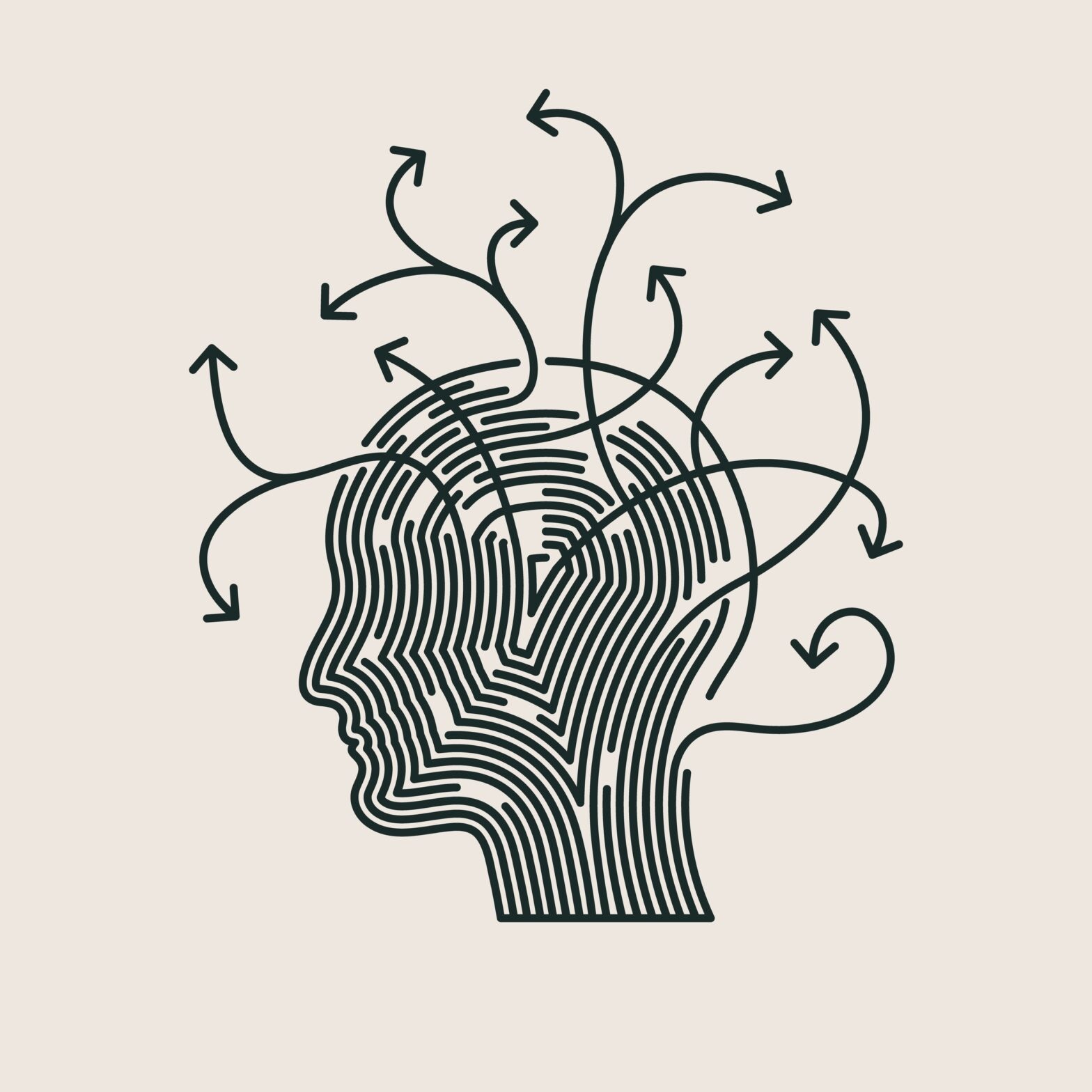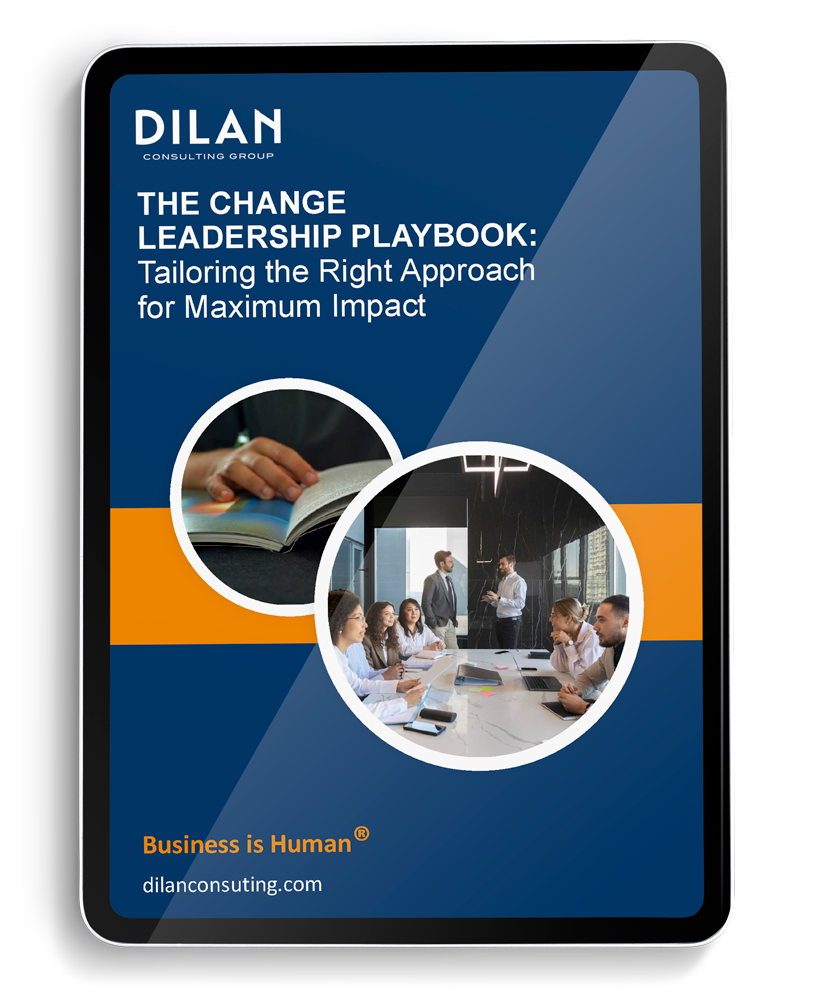They are brilliant. Strategic. Relentlessly focused. However, in the moments that require empathy, reflection, or a pause, they miss. Not because they do not care. Because they do not know how to see it.
You have likely witnessed this firsthand: high-performing leaders whose intelligence is unquestioned, but whose emotional blind spots quietly corrode trust, morale, and alignment. The results are subtle at first—missed cues, misread meetings, high churn on their teams—but over time, the organizational cost is hard to ignore. This is not about “soft skills.” It is about leadership maturity. Furthermore, HR is often left managing the fallout.
When Strategy Is not Enough
The corporate ladder favors high IQ, operational drive, and domain expertise. But leadership—especially at the executive level—requires something more profound: the ability to relate, reflect, and regulate under pressure. And most leaders have not been taught how to do so. In a recent executive offsite, I asked a dozen senior VPs:
“How many of you have ever received intentional development in emotional intelligence or relational leadership?” Not one hand went up.
They had been coached on Strategy, execution, and performance—but never on how to navigate the human experience of leading.
Daniel Goleman, the psychologist who introduced EI to the business world, puts it plainly:
“If your emotional abilities aren’t in hand, if you don’t have self-awareness, if you are not able to manage your distressing emotions… you are not going to get very far.” (Goleman, 1998, p. 36)
Why Smart People Struggle with Emotional Intelligence
This is not about character. It is about conditioning. Many high-achieving leaders built their careers on being analytically sharp, results-focused, and fast-moving. Over time, they internalize beliefs like:
- “Emotions are distractions.”
- “Vulnerability is risky.”
- “If I loosen control, I lose authority.”
These beliefs were useful at one time, but they do not scale with increasing leadership complexity. And they usually go unexamined until friction arises.
Fortunately, EI is not a fixed trait—it is learnable. However, only if we name it, teach it, and expect it.
The Hidden Costs of Emotionally Underdeveloped Leadership
When emotional intelligence is lacking at the top, dysfunction shows up subtly:
- Consistent turnover in key roles
- Interdepartmental tension or “personality clashes”
- A revolving door of burned-out high performers
- Resistance to feedback—especially upward
- Quiet disengagement in meetings and decision-making
The deeper issue is not technical. It is emotional. Brené Brown makes the cost clear:
“Leaders must either invest a reasonable amount of time attending to fears and feelings, or squander an unreasonable amount of time managing ineffective and unproductive behavior.”
(Brown, 2018, p. 68)
What This Looks Like in Practice
Take “Mark”—a senior executive with a stellar track record and a sharp mind. But his team was strained. Engagement was dropping. Turnover was high. Colleagues walked on eggshells.
He was not toxic. He was emotionally inaccessible.
An EQ assessment and 360-degree feedback process revealed the gap:
Mark saw himself as clear and direct. His team saw him as dismissive and reactive.
With coaching grounded in emotional insight, Mark began to slow down, get curious, and listen more deeply. Over time, the tone shifted. His team stabilized. And performance did not suffer—it improved. This is precisely what Richard Boyatzis calls “coaching with compassion”: “You can’t coach someone to be effective using logic when the issue is emotional.”
(Boyatzis, Smith, & Van Oosten, 2019, p. 5)
Why Surface-Level Coaching Falls Short
Most leadership coaching sticks to the behavioral layer:
- Ask better questions.
- Offer more praise.
- Delegate more often.
All good advice. But it does not change the internal operating system that drives behavior—especially under stress.
Executives do not fail to connect because they lack knowledge.
They struggle because:
- They do not see themselves clearly
- They default to control when things get uncertain
- Their success identity is tied to performance, not connection
- They have never integrated empathy into authority
Marshall Goldsmith captured this challenge well:
“What got you here won’t get you there.”
(Goldsmith, 2007)
And emotional intelligence is almost always part of that “there.”
The ROI of Emotionally Intelligent Leadership
If you are still weighing whether this matters, consider the evidence:
- Gallup found that managers account for 70% of the variance in team engagement, and engaged teams are 21% more profitable (Gallup, 2020).
- Korn Ferry found that high-EI leaders contribute to twice the annual net income growth of their low-EI peers (Korn Ferry, 2016).
- SHRM highlights EI as a “critical predictor of workplace success,” tied to better communication, collaboration, and resilience (SHRM, 2020).
- CCL found that 75% of careers derail due to interpersonal shortcomings, rather than a lack of technical skills (Center for Creative Leadership, 2018).
The numbers speak for themselves. However, this is about more than performance.
As Susan David writes:
“Discomfort is the price of admission to a meaningful life.”
(David, 2016)
That includes meaningful leadership growth.
What Emotionally Intelligent Leadership Looks Like
Based on decades of validated research, high-EI leaders consistently demonstrate:
- Self-awareness – They recognize their own emotional patterns and triggers
- Self-regulation – They manage their reactions under pressure
- Empathy – They attune to the needs and emotions of others
- Motivation – They lead from purpose, not just position
- Social skill – They navigate complexity, resolve tension, and build trust
These are not “soft” skills. They are strategic competencies. And they are measurable.
How HR Can Lead the Shift
If emotional intelligence is to become a leadership standard, HR must lead the charge. Here is where to begin:
- Frame EI as a Competitive Advantage
Position it as core to leadership readiness—not a fix for broken leaders. - Use Assessment, Not Assumptions
Deploy tools like EQ-i 2.0 or the ESCI alongside 360-degree feedback to illuminate areas for growth. - Invest in Coaches with Psychological Depth
Find coaches who can address identity, mindset, and emotional regulation—not just tactical behavior. - Integrate EI Into Your Leadership Framework
Please include it in promotion criteria, onboarding, talent review, and leadership development tracks. - Normalize Feedback and Self-Reflection
Create environments where emotional growth is expected—not stigmatized.
Where to Start: Make It Measurable, Make It Matter
People pay attention to what is measured. They respond to what is rewarded.
If emotional intelligence does not appear in your performance reviews, incentive structures, or leadership scorecards, it will remain optional.
Start here:
- Add emotional intelligence to your performance review process
- Incorporate EI into your leadership competency model
- Use assessments at key inflection points: onboarding, promotion, reorgs
- Recognize and reward relational leadership, not just results
If it is not measured, it will not be prioritized. If it is not rewarded, it will not stick.
Final Word to HR and the C-Suite
You already know who the emotionally underdeveloped leaders are.
You have seen the disengagement, the conflict, the turnover.
You have tried reorgs, coaching, and performance plans.
The problem is not Strategy. Its capacity.
And emotional intelligence is the unlock.
The future of leadership is more human.
And that is not idealism—it is operational wisdom.
Coming Next
This is the first of two blog posts on emotional intelligence in leadership. The next post will examine how psychologists develop emotional intelligence in executives compared to traditional executive coaching approaches, and why that distinction matters for lasting leadership growth.
References (APA Style, Alphabetical Order)
Boyatzis, R., Smith, M., & Van Oosten, E. (2019). Helping people change: Coaching with compassion for lifelong learning and growth. Harvard Business Review Press.
Bradberry, T., & Greaves, J. (2009). Emotional intelligence 2.0. TalentSmart.
Brown, B. (2018). Dare to lead: Brave work. Tough conversations. Whole hearts. Random House.
Center for Creative Leadership. (2018). The derailment factors in leadership. CCL.
David, S. (2016). Emotional agility: Get unstuck, embrace change, and thrive in work and life. Avery.
Gallup. (2020). State of the American manager: Analytics and advice for leaders. Gallup Press.
Goldsmith, M. (2007). What got you here won’t get you there: How successful people become even more successful. Hyperion.
Goleman, D. (1998). Working with emotional intelligence. Bantam Books.
Korn Ferry. (2016). Emotional intelligence: The essential skillset for the age of AI. Korn Ferry Institute.
SHRM. (2020). Emotional intelligence in the workplace: Why it matters and how to develop it. SHRM.









